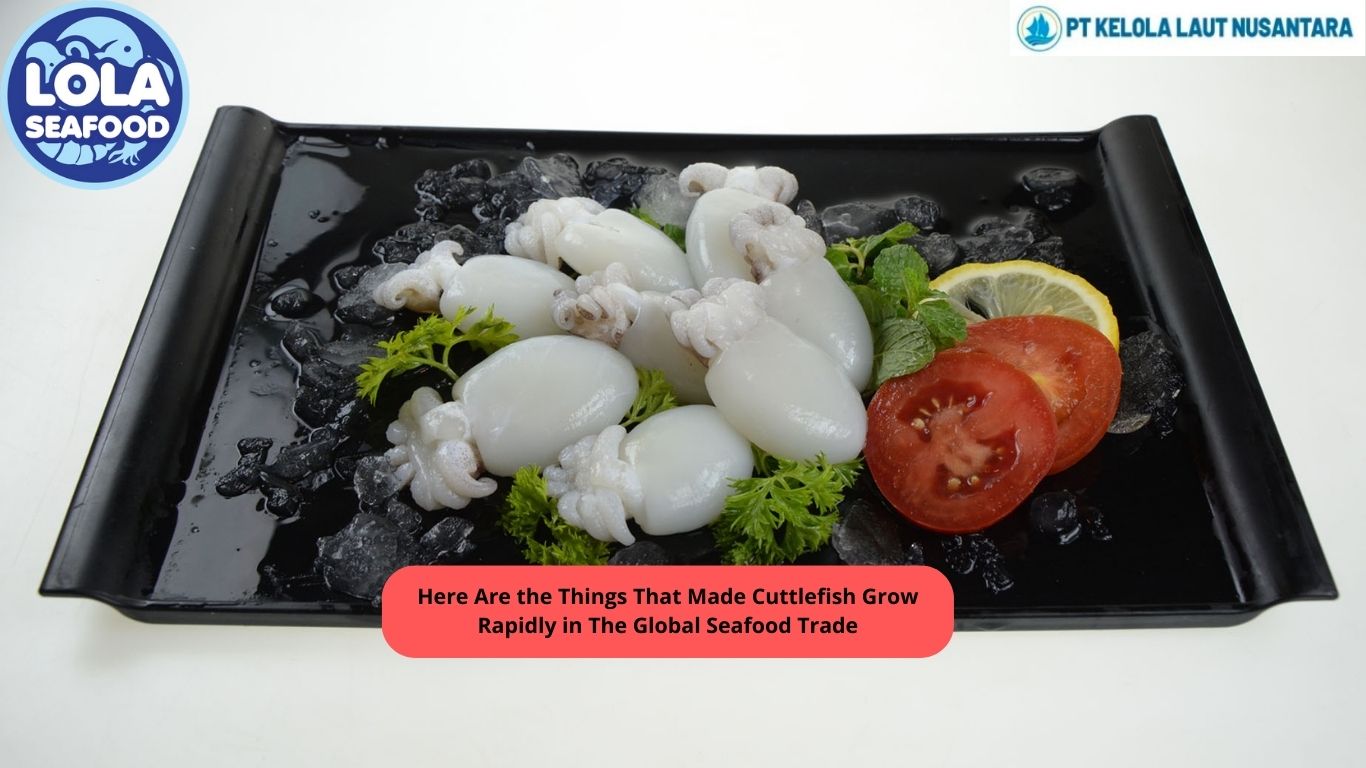Red King Crabs
By. Najih - 12 Aug 2024.jpg)
Red king crabs (Paralithodes camtschaticus) are a species of large crab that appear dark red or burgundy in colour. Red king crabs have "tails," or abdomens, that are distinctive, being fan-shaped and tucked underneath the rear of the shell. They also have five pairs of legs; the first bears their claws or pincers, the right claw is usually the largest on the adults, the next three pairs are their walking legs, and the fifth pair of legs are small and normally tucked underneath the rear portion of their carapace. These specialized legs are used by adult females to clean their embryos (fertilized eggs) and the male uses them to transfer sperm to the female during mating.
Appearance
- Red king crabs are the largest of the commercially harvested crabs.
- They range in colour from brownish to bluish red and are covered in sharp spines.
- They have three pairs of walking legs and one pair of claws.
- Their claws are different shapes. One is a large, heavy-duty claw that is used for crushing prey, and the other smaller claw is used for more delicate handling of food items.
- Determining the sex of red king crabs is easy. Males have a triangular abdominal flap and females have a rounded one.
Biology
- Red king crabs can grow to be very large, up to 24 pounds with a leg span of 5 feet. Males grow faster and larger than females.
- Female red king crabs reproduce once a year and release between 50,000 and 500,000 eggs.
- Larvae hatch from eggs looking like tiny shrimp.
- The larvae feed on phytoplankton and zooplankton for 2 to 3 months before metamorphosing into tiny crabs and settling on the ocean bottom.
- Red king crabs can only grow by moulting (shedding their old shell and growing a new one).
- After moulting they are soft and vulnerable to predators until their new shell hardens.
- Red king crabs eat almost anything they can find and crush with their claws.
- Smaller crabs eat algae, small worms, small clams, and other small animals.
- Larger crabs eat a much wider range of items including worms, clams, mussels, barnacles, crabs, fish, sea stars, sand dollars, and brittle stars.
- Smaller crabs are eaten by a variety of groundfish, octopi, sea otters, and crabs, including other red king crabs.
- Large red king crabs have few predators except right after moulting.
Reproduction and Development
Adult females brood thousands of embryos underneath their tail flap for about a year's time. When the embryos are fully-developed they hatch as swimming larvae, but they are still susceptible to the movements of tides and currents. After feeding on plant and animal plankton for several months and undergoing several body changes with each moult, the larvae settle to the ocean bottom and moult into non-swimmers, looking for the first time like king crabs as we normally think of them, except they are smaller than a dime. Red king crabs settle in waters less than 90 feet deep.
.jpg)
 (1).png)


.jpg)
.jpg)
.jpg)

 (3).png)